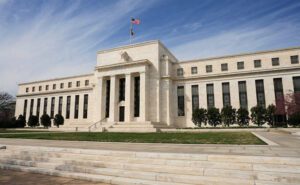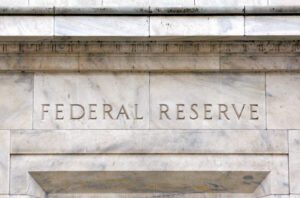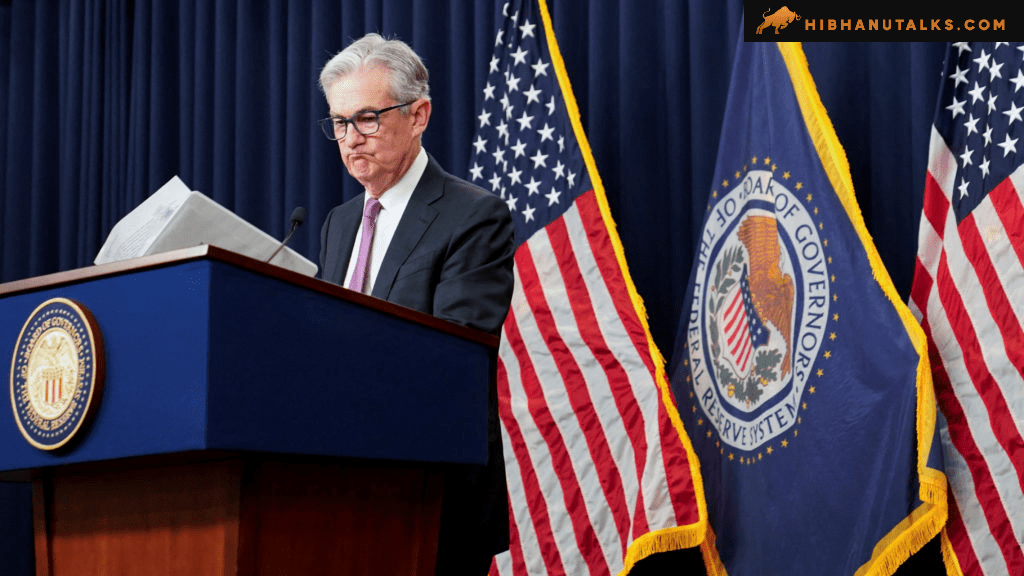
Impact of US Fed Rate Cut on Indian Stock Market: What You Need to Know
Contents
US Fed Rate Cut Impact
Impact of US Fed Rate Cut on Indian Stock Market: What You Need to Know
The US Federal Reserve has recently announced a 50 basis point (bps) rate cut, marking the first reduction since 2020. This decision to reduce the benchmark interest rate comes as the central bank shifts away from the restrictive policies used to tackle inflation. This move is particularly significant for Indian investors as it is expected to shape market trends. Experts believe the cut will have both short-term and long-term impacts on the Indian stock market.


Key Highlights of the Rate Cut:
- Federal Reserve Rate: The US Federal Reserve’s benchmark rate, which has stayed between 5.25% and 5.50% for the past 14 months, has been cut by 50bps.
- Historical Context: This rate pause, though long, is still shorter than other pauses such as the 15-month hold before the 2007-2009 financial crisis or the 18-month hold during the “Great Moderation” in the late 1990s.
Short-Term Impact on Indian Markets
According to market experts, the rate cut is expected to provide a boost in sentiment across global markets, including India. The Sensex and Nifty, which had been trading within a narrow range, are likely to experience volatility as they respond to the rate cut. A 50bps cut is generally seen as positive for equity markets, especially in rate-sensitive sectors like banking and financial services.
Siddhartha Khemka, Head of Research at Motilal Oswal Financial Services Ltd, stated that Nifty had already seen some consolidation after hitting fresh highs, with broader markets witnessing profit booking in the past few days. He expects the rate cut to bring some cheer to the market, though caution should be exercised due to the expected near-term volatility.
How Has the Indian Market Reacted to Fed Rate Changes in the Past?
Historical data suggests that the Indian stock market has shown resilience to changes in the US Fed’s monetary policy. For example, during rate hikes, Indian markets often witness a negative reaction on the day of the announcement, followed by a rebound the next day. Over the last 20 years, the Nifty has either outperformed or kept pace with the S&P 500 in local currency terms.
A report by Capitalmind Financial Services highlighted the following key trends:
- The most favorable period for Indian markets was during the Fed’s easing cycle from July 1990 to February 1994, when the Nifty surged by 310%.
- The tightening cycle from June 2004 to September 2007 also saw the Nifty rise by 202%.
- However, during tightening phases from February 1994 to July 1995 and March 1997 to September 1998, the Nifty recorded negative returns of -23% and -14%, respectively.


Vaibhav Porwal, Co-founder of Dezerv, noted that global inflation and growth trends show signs of moderation, indicating the potential end of the current cycle of elevated interest rates. Historically, US rate cut cycles have led to negative equity returns in both the US and Indian markets, as seen in two of the last three instances.
What to Expect in the Coming Days?
As per market analysts, the Indian stock market is expected to remain volatile in the near term. According to Shrey Jain, Founder and CEO of SAS Online, rapid market movements could occur in response to the Federal Reserve’s decision. Options data further indicates that consolidation may persist, with key resistance and support levels around the 25,500 call strike and the 25,400 put strike.
Rate-sensitive sectors, including banking, financial services, and real estate, are likely to be the most impacted. Siddhartha Khemka expects these sectors to be in focus, given their strong correlation with interest rate changes.
Conclusion:
The US Fed’s 50bps rate cut is expected to impact global and Indian markets, especially in rate-sensitive sectors. While short-term volatility is anticipated, the longer-term effects will depend on how the Fed’s future rate policies evolve and how global markets react to the broader macroeconomic environment. Historically, Indian markets have shown resilience during such periods, but investors should remain cautious amid potential market swings.


FAQs:
- What is the significance of the US Fed’s 50bps rate cut?
The 50bps rate cut is the first since 2020, marking the Fed’s shift away from restrictive policies to combat inflation. This decision is expected to impact global markets, including India. - How does the Fed rate cut impact Indian markets?
A rate cut generally boosts market sentiment, particularly in rate-sensitive sectors like banking, financials, and real estate. However, short-term volatility is likely, and historical trends show varied outcomes depending on the rate cycle. - How has the Indian market reacted to Fed rate changes in the past?
Historically, the Indian market has shown resilience to US Fed rate changes. For instance, the Nifty saw significant gains during the Fed’s easing cycle from July 1990 to February 1994 but experienced losses during tightening phases in the 1990s. - What sectors are likely to be impacted by the Fed rate cut?
Banking, financial services, and real estate are the most rate-sensitive sectors and are expected to be significantly impacted by the rate cut. - Should investors take positions based on the Fed’s rate cut decision?
Given the expected volatility, experts suggest that investors should be cautious and avoid holding overnight positions until the market stabilizes following the Fed’s decision.
US Fed Rate Cut Impact
ICICI Bank Joins the Big League: Becomes the Fifth Indian Firm to Cross ₹9 Lakh Crore Market Cap





















Post Comment